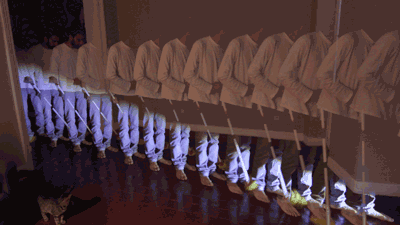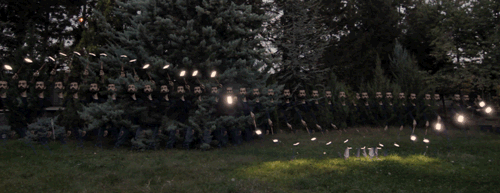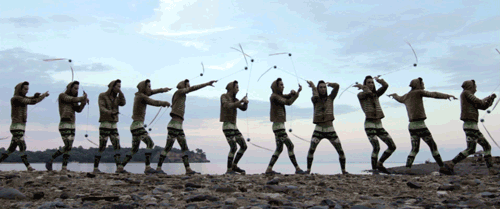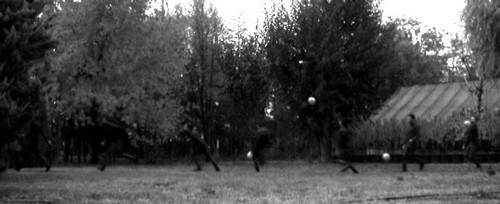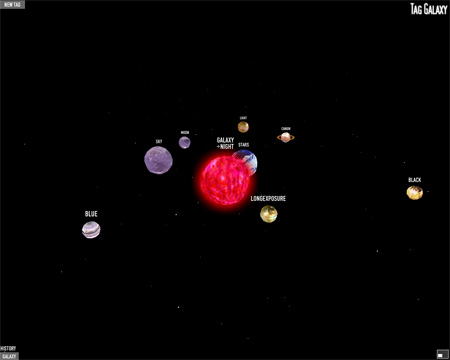“On the JR Yamanote Line, it’s common during peak times for cars designed to hold 160 passengers to carry twice that number.” ~Japan Today
Photographer Michael Wolf’s “tokyo compression” focuses on tokyo’s underground system. Every day thousands and thousands of people enter this subsurface hell for two or more hours, constrained between glass, steel and other people who roll to their place of work and back home beneath the city.
In Wolf’s pictures you can look into countless human faces, all trying to sustain this evident madness in their own way. The Huffington Post called the series “zen commuters.”
All photos, Michael Wolf.











Photographer Michael Wolf’s “tokyo compression” focuses on tokyo’s underground system. Every day thousands and thousands of people enter this subsurface hell for two or more hours, constrained between glass, steel and other people who roll to their place of work and back home beneath the city.
In Wolf’s pictures you can look into countless human faces, all trying to sustain this evident madness in their own way. The Huffington Post called the series “zen commuters.”
All photos, Michael Wolf.

















